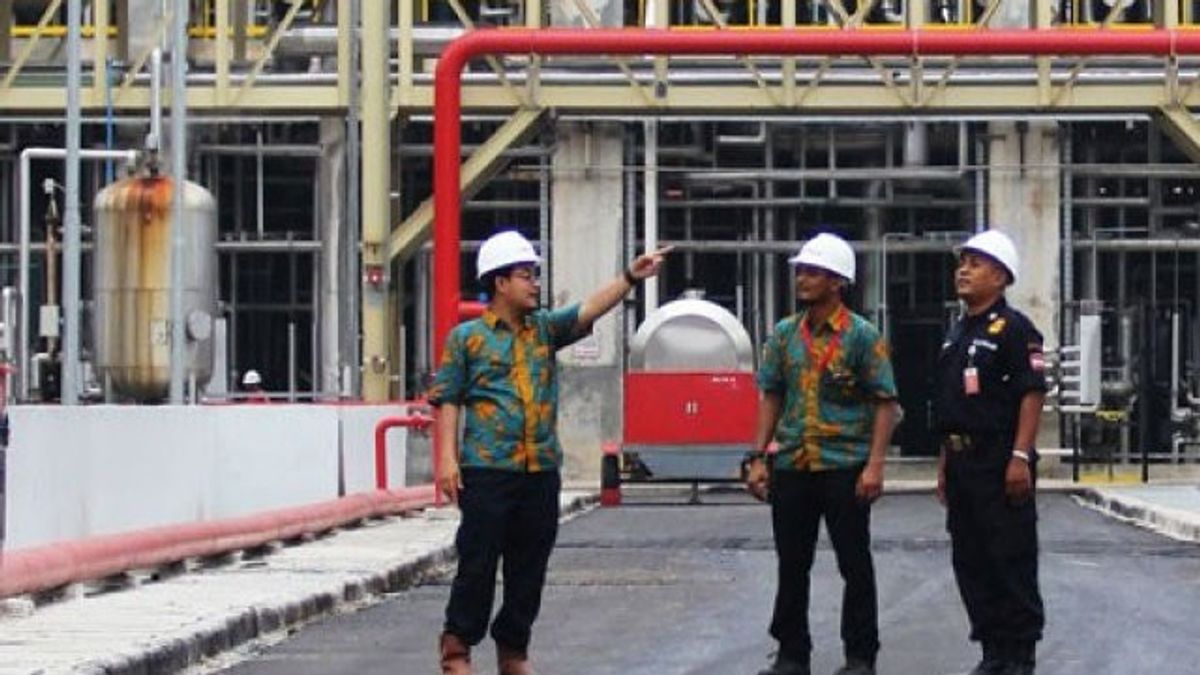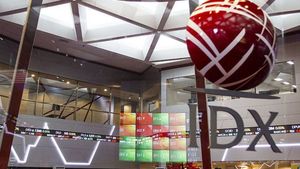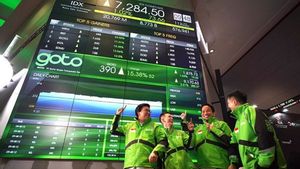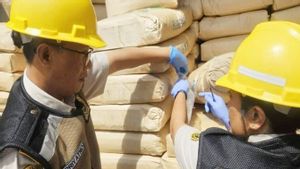JAKARTA - The Association of Indonesian Oleochemical Producers (Apolin) estimates that the export value of oleochemical products in 2022 will reach US$5.96 billion, up from 2021, which amounted to US$4.41 billion and in 2020 it was recorded at US$2.03 billion.
Apolin Chairperson Rapolo Hutabarat stated that the increase in the export value of oleochemical products was in line with the increase in export volume in the last two years.
In 2019, he added, the export volume of oleochemical products was 3.18 million tons, increasing to 3.87 million tons in 2020. Entering 2021, the export volume rose to 4.19 million tons and is estimated to be 4.16 million tons this year.
"The development of the Indonesian oleochemical industry refers to the export performance of oleochemical products over the last three years which has shown positive growth," he said, quoted from Antara, Friday, December 30.
According to him, the supporting factor is that all industrial sectors that use oleochemicals have increased their demand, including the sanitation, cosmetic, pharmaceutical, tourism, construction (steel) and transportation (tire) industries.
Rapolo explained that the growth of the oleochemical industry was thanks to the Indonesian government's support through a cheap gas policy of US$6/MMBTU.
There is also support from tax holiday and tax allowance policies, he continued, but business actors hope for support from the national logistics system because until now there has been no clarity from the regulatory aspect.
"Business players are still waiting for the National Logistics System Law which has not been initiated by the government or the legislature as their right of initiative," he said.
Nationally, according to him, the processing capacity of the Indonesian oleochemical industry throughout 2022 is around 60-65 percent and this needs to be increased again. Until the end of this year there is no plan to increase capacity.
The current capacity is large enough to supply oleochemical products to various destination countries which are used by various types of industries.
One of the problems in increasing capacity is the high bank interest rate in Indonesia, so that sources of financing for new investment and for expansion of the oleochemical industry in Indonesia are higher compared to other producing countries such as China, Malaysia and the European Union.
관련 항목:
"To add a variety of new products, the government needs to increase research funds at universities, BRIN so that research to produce new products and further downstream products can be realized immediately," he said.
The projection for the oleochemical industry in 2023 is that the export volume will reach 4.8 million-5.1 million tons with an estimated export value of around 6.2 billion-6.4 billion US dollars. Meanwhile, domestic needs range from 1.8 million to 2.2 million tons for 2023.
He said it was time for the government, together with industry and the Indonesian oleochemical association, to remap the further downstream direction of the current basic oleochemicals.
"The consideration is that the added value and variety of further downstream oleochemical products will still be held by the Indonesian oleochemical industry," he said.
The English, Chinese, Japanese, Arabic, and French versions are automatically generated by the AI. So there may still be inaccuracies in translating, please always see Indonesian as our main language. (system supported by DigitalSiber.id)













